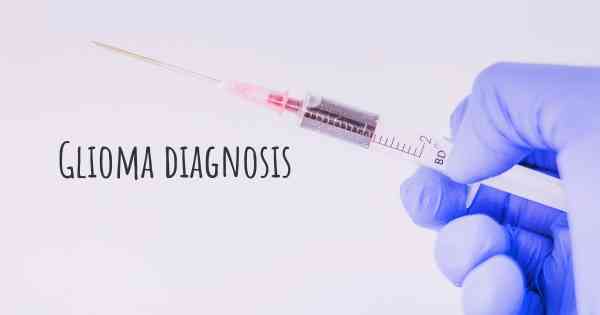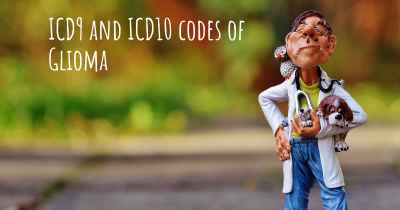How is Glioma diagnosed?
See how Glioma is diagnosed. Which specialists are essential to meet, what tests are needed and other useful information for the diagnosis of Glioma

Glioma is a type of brain tumor that originates in the glial cells, which are the supportive cells of the central nervous system. Diagnosing glioma involves a combination of medical history evaluation, physical examination, and various diagnostic tests. It is important to detect glioma early to initiate appropriate treatment and improve patient outcomes.
Medical History Evaluation:
During the medical history evaluation, the healthcare provider will ask the patient about their symptoms, their duration, and any associated factors. They will also inquire about the patient's medical history, including any previous brain tumors or radiation exposure. This information helps in assessing the likelihood of glioma and guides further diagnostic investigations.
Physical Examination:
A physical examination is performed to assess the patient's neurological function. The healthcare provider will evaluate the patient's coordination, reflexes, strength, and sensation. They will also check for any signs of increased intracranial pressure, such as papilledema (swelling of the optic disc) or abnormal eye movements. These findings can provide important clues about the presence and location of a brain tumor.
Diagnostic Tests:
Several diagnostic tests are used to confirm the diagnosis of glioma and determine its characteristics. These tests include:
1. Imaging Studies:
Imaging studies are crucial in the diagnosis of glioma. The most commonly used imaging techniques include:
- Magnetic Resonance Imaging (MRI): MRI uses powerful magnets and radio waves to create detailed images of the brain. It can help visualize the size, location, and extent of the tumor. Additionally, contrast agents may be used to enhance the visibility of the tumor.
- Computed Tomography (CT) Scan: CT scan uses X-rays to create cross-sectional images of the brain. It can provide information about the tumor's size, shape, and density. CT scans are particularly useful in emergency situations when immediate imaging is required.
2. Biopsy:
A biopsy involves the removal of a small sample of tissue from the tumor for examination under a microscope. It is the most definitive method to diagnose glioma and determine its grade. Biopsies can be performed through various techniques, including:
- Stereotactic Biopsy: This minimally invasive procedure uses imaging guidance to precisely target the tumor and obtain a tissue sample. It is often performed when the tumor is located in a deep or inaccessible part of the brain.
- Open Biopsy: In some cases, a surgical procedure may be necessary to obtain a tissue sample. This is typically done when the tumor is located in a more accessible area of the brain.
3. Lumbar Puncture:
A lumbar puncture, also known as a spinal tap, involves the removal of cerebrospinal fluid (CSF) from the lower back. This procedure is not used to diagnose glioma directly but can be helpful in ruling out other conditions that may mimic glioma, such as infections or inflammation.
4. Molecular Testing:
Molecular testing is becoming increasingly important in the diagnosis and management of glioma. It involves analyzing the genetic and molecular characteristics of the tumor cells. This information helps determine the tumor's aggressiveness, predict its response to specific treatments, and guide personalized treatment strategies.
5. Functional Tests:
In some cases, functional tests may be performed to assess specific brain functions affected by the tumor. These tests can include:
- Electroencephalogram (EEG): EEG measures the electrical activity of the brain and can help evaluate seizures or abnormal brain wave patterns.
- Functional MRI (fMRI): fMRI measures brain activity by detecting changes in blood flow. It can help identify critical areas of the brain involved in language, movement, or sensory functions.
Once the diagnosis of glioma is confirmed, further tests may be performed to determine the tumor's grade, which helps guide treatment decisions. These tests may include additional imaging studies, molecular testing, or specialized pathology examinations.
In conclusion, diagnosing glioma involves a comprehensive approach that includes medical history evaluation, physical examination, and various diagnostic tests. Imaging studies, such as MRI and CT scans, play a crucial role in visualizing the tumor. Biopsy is the most definitive method to diagnose glioma and determine its grade. Molecular testing and functional tests provide additional information to guide treatment decisions. Early detection and accurate diagnosis are essential for initiating appropriate treatment and improving patient outcomes.
But the ultimate diagnosis is a biopsy (they can do only a biopsy or send a part of the tumour for pathology).
Posted Mar 11, 2017 by Claudia 500








